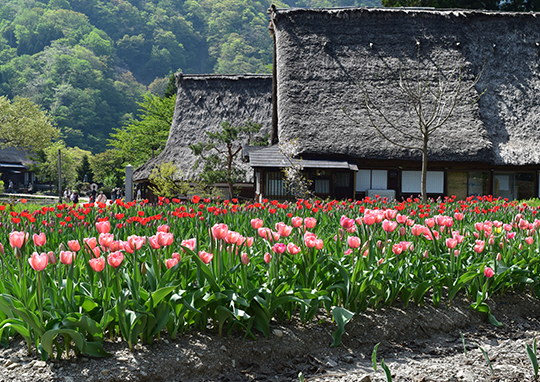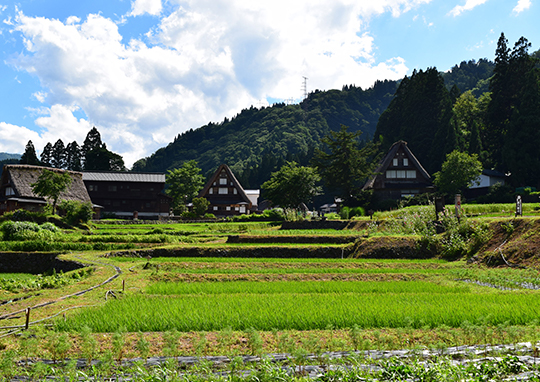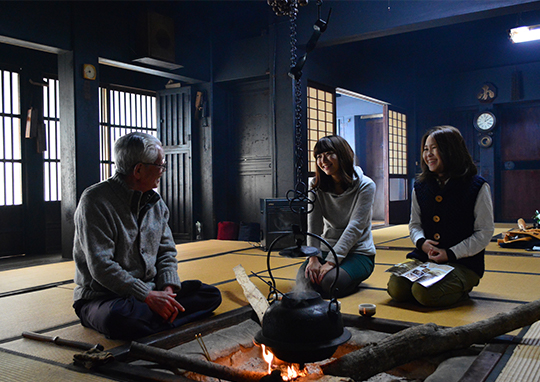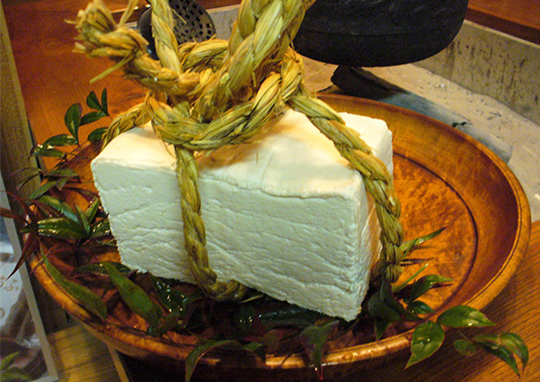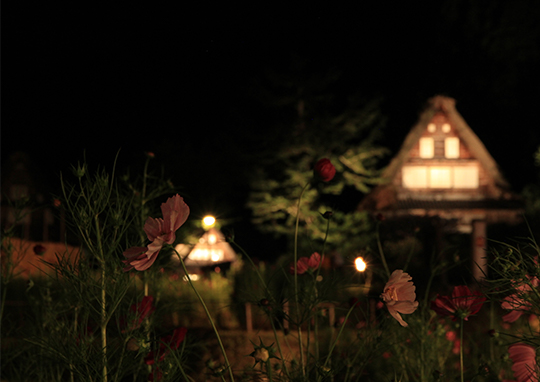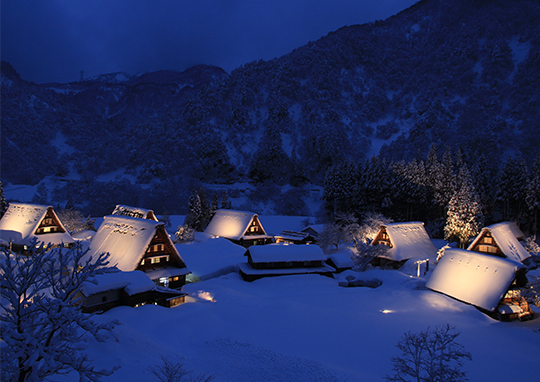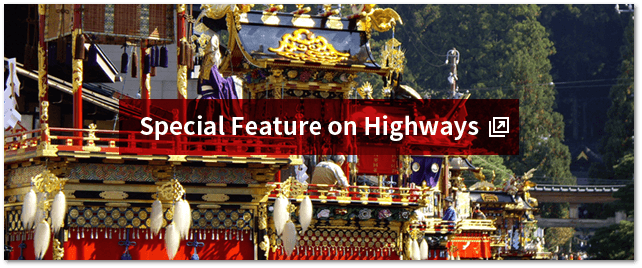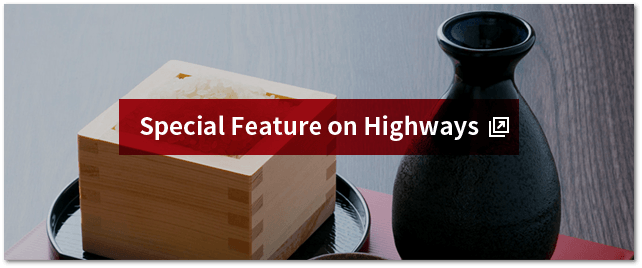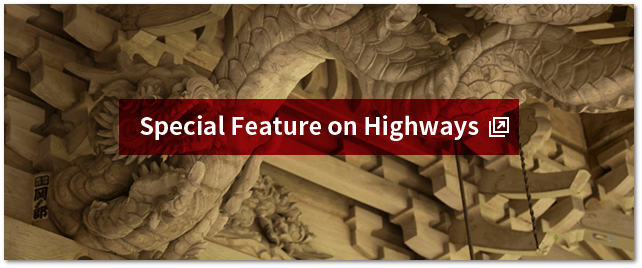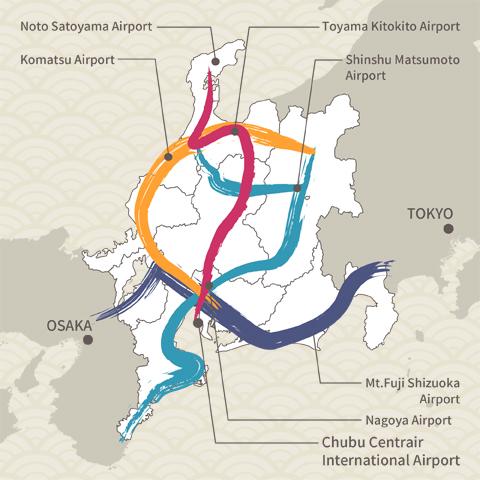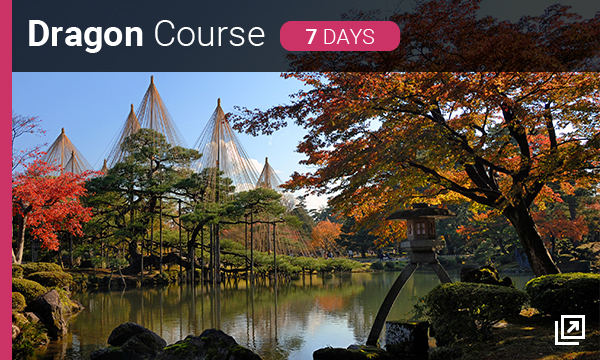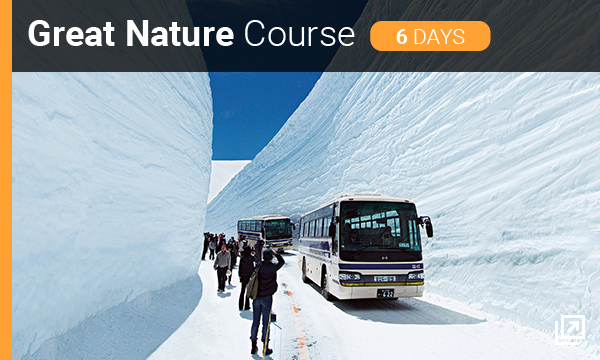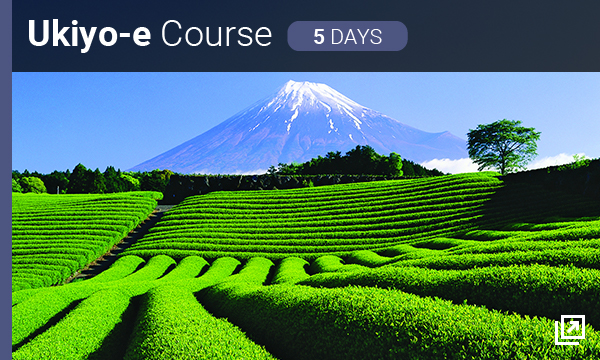Gokayama


Recommended activities and seasons


Encounter History and Tradition:Historic building・Stay

Spring / Summer / Autumn / Winter
Spend a night in a World Heritage gassho-zukuri house!
The hamlets of Gokayama are strung out along the Shogawa River in southwestern Toyama Prefecture, surrounded by mountains more than 1500 meters high. In 1995, the hamlets of Ainokura and Suganuma, together with Shirakawa-go in Gifu Prefecture, were registered as a UNESCO World Heritage site under the name of “Historic Villages of Shirakawa-go and Gokayama”. Steeply gabled gassho-zukuri is a distinctive style of architecture that is seen in only part of this region. Most of the existing gassho-zukuri houses were built between 100 and 200 years ago, with the oldest dating back 400 years. In the middle part of the Edo period of 1603 to 1868, when the gassho-zukuri style was perfected, Gokayama was a center for silkworm culture and the manufacture of saltpeter (a basic ingredient of gunpowder), which became mainstays of the economy of the Kaga domain. The imposing gassho-zukuri houses merged home and workplace in a rational manner, and with their robustness in the face of a harsh natural environment with heavy snows, they quietly lined the lanes of the mountain villages.
In Ainokura, visitors can experience what it’s like to spend the night in a gassho-zukuri house. Dining on trout from pure mountain streams and eating locally made Gokayama tofu as you sit around the open hearth is a treat without equal! A night at a World Heritage guest house is the essence of pleasure.
Experience the flavors of Gokayama that have been passed down through the generations.
We strongly recommend that you experience the distinctive regional flavors of Gokayama. Gokayama tofu has been made locally for generations, and it is a firm tofu with low water content that almost never crumbles. It perfectly captures the umami quality of soybeans, so that diners can enjoy the true flavor of tofu. Although its firmness is a distinctive feature of this tofu, the secret of its delicious flavor is that it softens when heated, giving it a springy texture like mochi. It can be eaten any number of ways, including served cold or made into stewed dishes, and home cooks can add their own personal touches. Gokayama soba, one of the traditional treats of the mountain villages, is made by grinding buckwheat flour in a stone mortar. It is characterized by a fragrant aroma and a firm body.
As a way to make the Gokayama experience even more colorful, the gassho-zukuri hamlets are illuminated at night. In Ainokura, the illumination is staged on 5 times a year and special occasions, creating an effect in which the gassho-zukuri houses float within the oncoming night in the beautiful colors of the natural surroundings, from the shimmering greens of spring to the onset of winter. The illumination is also staged in Suganuma, creating a precious time when visitors can experience the unspoiled landscape of Japan to their hearts’ content.
Gokayama
Address |
Ainokura Gassho-zukuri Farmhouse Village
Ainokura, Nanto, Toyama Prefecture
Suganuma Gassho-zukuri Farmhouse Village
Sugamura, Nanto, Toyama Prefecture |
Hours |
Ainokura Gassho-zukuri Farmhouse Village
8:30 am to 5:00 pm
Suganuma Gassho-zukuri Farmhouse Village
8:00 am to 5:00 pm (Apr.-Nov.), 9:00 am to 4:00 pm (Dec.-Mar.) |
Closed |
Ainokura Gassho-zukuri Farmhouse Village
Open daily
Suganuma Gassho-zukuri Farmhouse Village
Dec. 31 – Jan. 1 |
Cost |
Free of charge (A contribution towards conservation is required for car parking; for ordinary vehicles, the charge is 500 yen.) |
Phone |
Gokayama Sogo Information Center 0763-66-2468 |
Access |
Ainokura Gassho-zukuri Farmhouse Village
By Sekai Isan Bus from JR Takaoka Sta. to Gokayama Ainokura-guchi, about 80 min
Suganuma Gassho-zukuri Farmhouse Village
By Sekai Isan Bus from JR Takaoka Sta. to Suganuma, about 95 min |
Web site |
http://gokayama-info.jp/ |


Other Spots

-

Kurobe Gorge

Toyama

Natural Scenery
Onsen
Exercise
Spring
Summer
Autumn
-
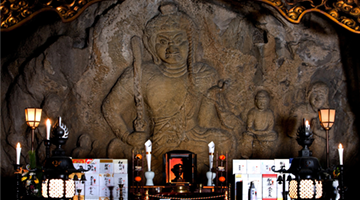
Oiwasan Nissekiji Temple

Toyama

Natural Scenery
History and Traditions
Onsen
Spring
Summer
Autumn
-
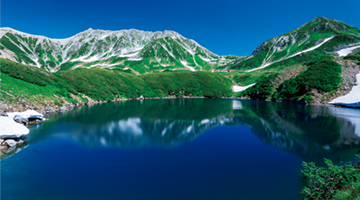
Tateyama Kurobe Alpine Route

Toyama

Natural Scenery
History and Traditions
Onsen
Exercise
Spring
Summer
Autumn
-
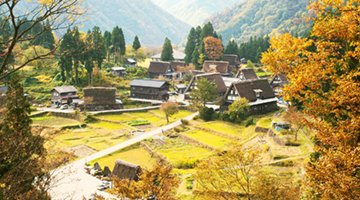
Gokayama

Toyama

History and Traditions
Spring
Summer
Autumn
Winter
-

Shirayama Hime Shrine

Ishikawa

Natural Scenery
History and Traditions
Exercise
Spring
Summer
Autumn
Winter
-
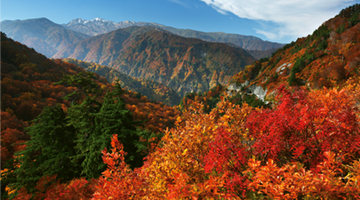
Hakusan Shirakawa-go White Road

Ishikawa

Natural Scenery
Exercise
Spring
Summer
Autumn
-
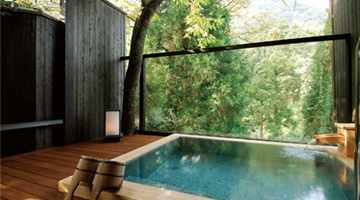
Kaga Hot Spring Village

Ishikawa

Onsen
Spring
Summer
Autumn
Winter
-

Eiheiji Temple

Fukui

History and Traditions
Spring
Summer
Autumn
Winter
-
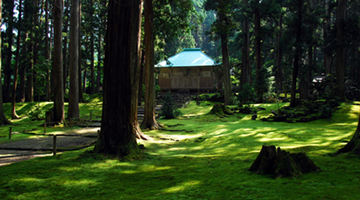
Hakusan Heisenji Shrine

Fukui

History and Traditions
Exercise
Spring
Summer
Autumn
-
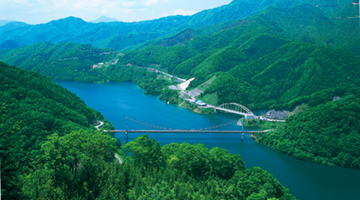
Lake Kuzuryu

Fukui

Natural Scenery
Spring
Summer
Autumn
-
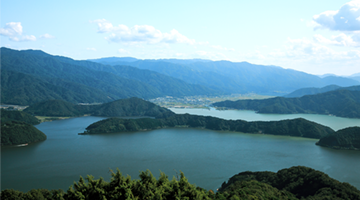
Rainbow Line Summit Park

Fukui

Natural Scenery
Exercise
Spring
Summer
Autumn
Winter
-
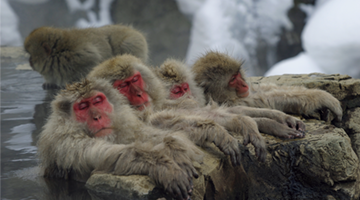
Jigokudani Yaen-Koen

Nagano

Natural Scenery
Spring
Summer
Autumn
Winter
-
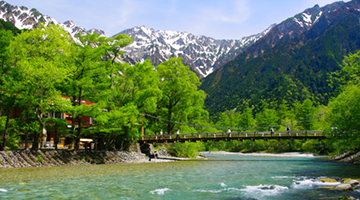
Kamikochi

Nagano

Natural Scenery
Exercise
Spring
Summer
Autumn
-

Togakushi Kodo

Nagano

Natural Scenery
History and Traditions
Exercise
Spring
Summer
Autumn
Winter
-
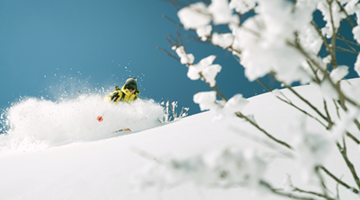
HAKUBA VALLEY

Nagano
-

Heavens Sonohara

Nagano

Natural Scenery
Exercise
Spring
Summer
Autumn
Winter
-

Akasawa Natural Recreational Forest

Nagano

Natural Scenery
Exercise
Spring
Summer
Autumn
-
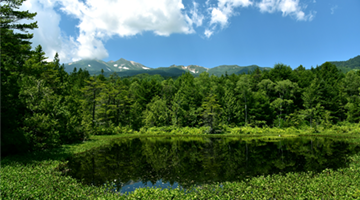
Norikura Highlands

Nagano

Natural Scenery
Onsen
Exercise
Spring
Summer
Autumn
Winter
-
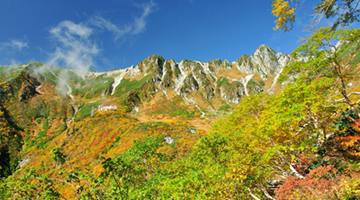
Senjojiki Cirque

Nagano

Natural Scenery
Exercise
Spring
Summer
Autumn
Winter
-
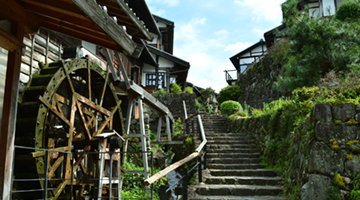
Magome-juku

Gifu

Natural Scenery
History and Traditions
Exercise
Spring
Summer
Autumn
Winter
-

The Waterfalls of Osaka

Gifu

Natural Scenery
Exercise
Spring
Summer
Autumn
Winter
-
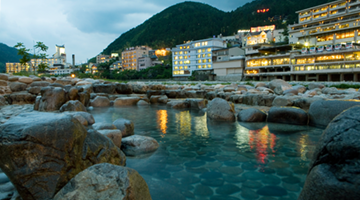
Gero Onsen

Gifu

Onsen
Spring
Summer
Autumn
Winter
-
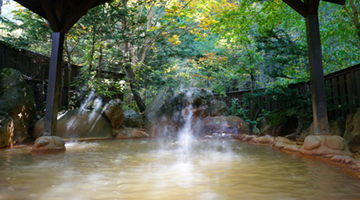
Okuhida Hot Spring Village

Gifu

Onsen
Spring
Summer
Autumn
Winter
-

Shinhotaka Ropeway

Gifu

Natural Scenery
Onsen
Exercise
Spring
Summer
Autumn
Winter
-
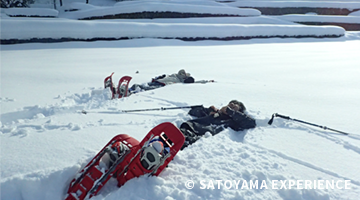
SATOYAMA EXPERIENCE

Gifu

Natural Scenery
Exercise
Spring
Summer
Autumn
Winter
-

Yoro Park

Gifu

Natural Scenery
Exercise
Spring
Summer
Autumn
Winter
-
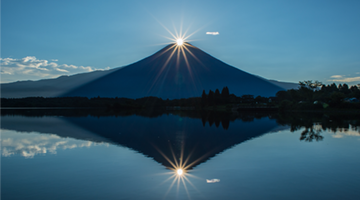
Mount Fuji

Shizuoka

Natural Scenery
History and Traditions
Exercise
Spring
Summer
Autumn
Winter
-
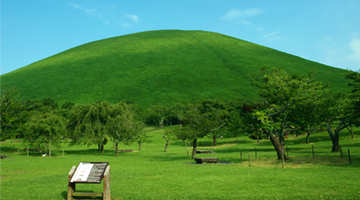
Izu Peninsula Geopark

Shizuoka

Natural Scenery
Exercise
Spring
Summer
Autumn
Winter
-
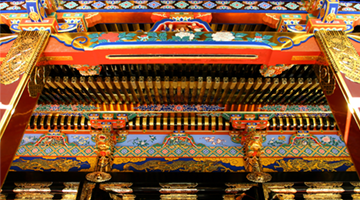
Kunozan Toshogu Shrine

Shizuoka

History and Traditions
Spring
Summer
Autumn
Winter
-
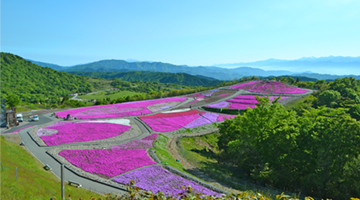
Chausuyama Highlands

Aichi

Natural Scenery
Exercise
Spring
Summer
Autumn
Winter
-
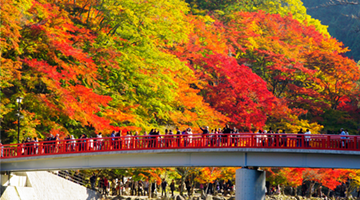
Korankei Gorge

Aichi

Natural Scenery
Exercise
Spring
Summer
Autumn
-
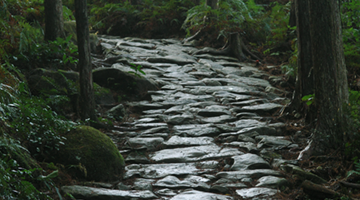
Kumano Kodo Pilgrimage Routes

Mie

Natural Scenery
History and Traditions
Exercise
Spring
Summer
Autumn
Winter
-

Mount Asama

Mie

Natural Scenery
History and Traditions
Exercise
Spring
Summer
Autumn
-
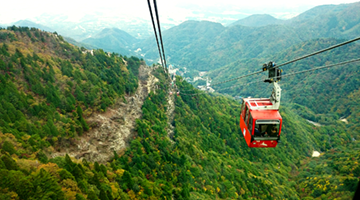
Mount Gozaisho

Mie

Natural Scenery
Exercise
Spring
Summer
Autumn
Winter
-
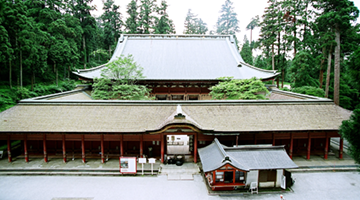
Enryakuji Temple on Mount Hiei

Shiga

History and Traditions
Spring
Summer
Autumn
Winter
-
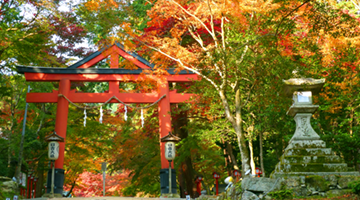
Hiyoshi Taisha Shrine

Shiga

History and Traditions
Spring
Summer
Autumn
Winter
-
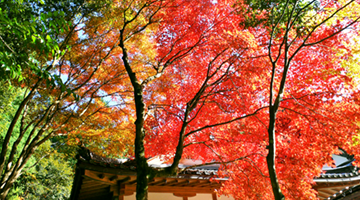
Kotosanzan

Shiga

History and Traditions
Spring
Summer
Autumn
Winter

See Other Routes

The Four Shoryudo Routes
















